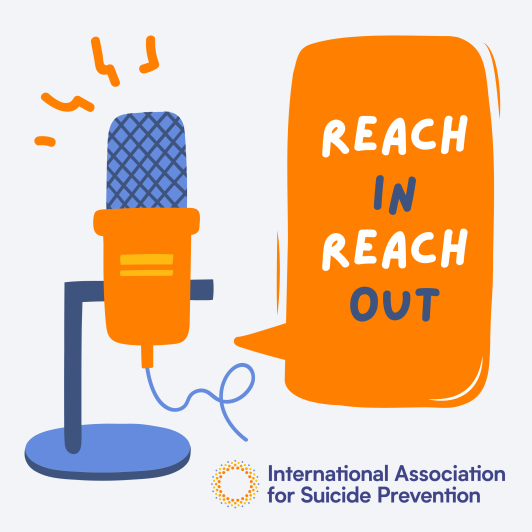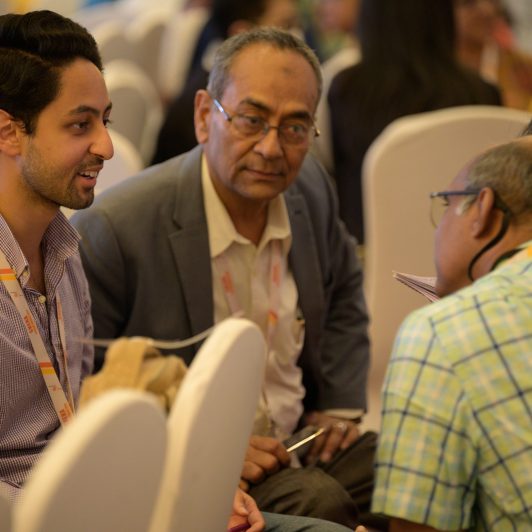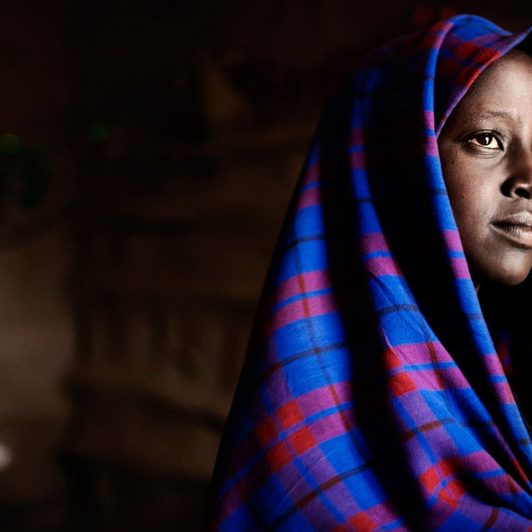International Women’s Day 2024
International Women’s Day is an annual day of celebration on March 8, observed with a focus on issues such as gender equality, women empowerment, and reproductive rights.




International Women’s Day is an annual day of celebration on March 8, observed with a focus on issues such as gender equality, women empowerment, and reproductive rights.
There is much to reflect upon and look forward to as we embark on 2024. As we enter this new year, our shared commitment to preventing suicide and suicidal behaviour remains unwavering.
For 2024-2026, we invite you to participate in this global consultation process towards identifying our next triennial World Suicide Prevention Day theme.
National suicide prevention strategies aim to establish a coordinated and sustained multi-sectoral approach to the prevention of suicide, yet only around 40 countries currently have a formalised national strategy to reduce suicides.

Partnerships for Life is a flagship initiative established by the International Association for Suicide Prevention that aims to expedite efforts globally to reduce the incidence of suicide and suicidal behaviour.

The ‘Reach In, Reach Out’ podcast series aims to encourage understanding around the complexities of suicide, reduce stigma surrounding the topic and spark meaningful conversations.

IASP’s COVID-19 Resource Centre aims to provide information for those seeking resources related to the pandemic and suicidal behaviour, suicidal ideation and self-harm.
We are looking for participants to take part in a 2-week smartphone study. You must be:
✅18-25
✅Live in the UK
✅Experienced self-harm or suicidal thoughts in the past 6 months
Click the link for more information and to sign up: https://redcap.link/smartphone_study_consent
Our report with @orygen_aus found young ppl are experiencing "profound & distressing" extreme weather impacts & 6 in 10 worry about climate change #YouthSurvey2023. On #EarthDay we call for urgent climate change action & for Aus to mitigate these impacts.
https://www.missionaustralia.com.au/media-centre/media-releases/6-in-10-young-aussies-worry-about-climate-change-many-experience-extreme-weather-events-first-hand
On #EarthDay 🌍 let's remember climate change impacts mental health too. As we face environmental challenges, mental health risks rise. It's time for countries to commit to integrating mental health into climate policies.
#MentalHealth #ClimateAction 🌱


This website uses cookies so that we can provide you with the best user experience possible. Cookie information is stored in your browser and performs functions such as recognising you when you return to our website and helping our team to understand which sections of the website you find most interesting and useful.
Strictly Necessary Cookie should be enabled at all times so that we can save your preferences for cookie settings.
If you disable this cookie, we will not be able to save your preferences. This means that every time you visit this website you will need to enable or disable cookies again.


